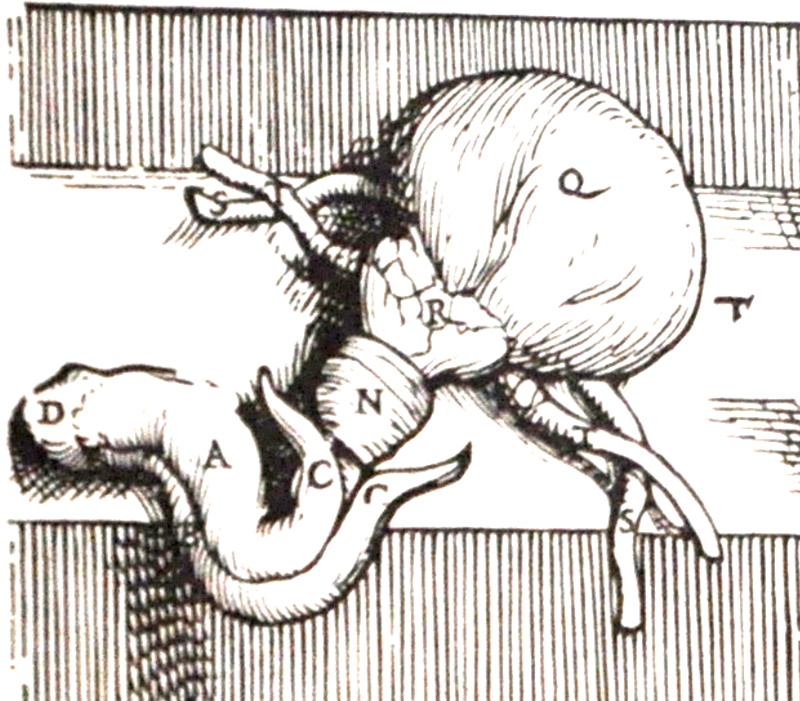Copyright 2011
Introduction
The history of the prostate is one of intermittent and repeated recognition followed by intermittent and repeated neglect. With our aging population and with the incidence of benign prostatic hypertrophy and prostate carcinoma common after 60 and almost universal in the octogenarian population and beyond, it is currently in focus and likely to stay there because of the associated morbidity of prostate disease.
Herophilus of Chalcedon often called the father of anatomy, was a Greek anatomist and physician (335BC -280BC) assigned the name prostate which means “one standing in front” because he saw it as standing before the testis. Herophilus was one of the founders of the Alexandrian school of medicine which was set up at the end of the 4th century. He probably identified the organ in animals eg monkeys whose prostate consists of two distinct parts.
Rufus of Ephesus was a renowned Greek physician who lived in the first century AD followed Hippocrates and preceded Galen. He noted that in some cases of bladder stone he was able to feel a soft swelling near the bladder neck but he failed to identify the swelling as the prostate gland.
Galen (131 -201 AD) acknowledged the naming of the prostate by Herophilus, and wrote of the prostate as the “spongy flesh at the side of the neck of the urinary bladder” (Murray)
The prostate was lost to follow up until the 16th century when Niccolo Massa a Venetian physician and anatomist is credited with the accurate identification of the prostate in 1526.
Da Vinci (1452- 1519) was not aware of the existence of the prostate. A drawing by Vesalius in 1538 in his medical treatise “De humani corporis fabrica.”, is the first known diagram of the prostate.
|
The First Drawing of the Prostate by Vesalius |
|
This diagram is by Vesalius from his Second Book of de Humani Corporis Fabrica. He illustrates the male reproductive organs. It is the first known depiction of the prostate gland and is labeled “N” in the bottom left hand corner image. One would interpret that the structures superior to it labeled “R” represent the seminal vesicles but the record is that he considered the prostate and seminal vesicles as one gland. This image is in the public domain because its copyright has expired. 99658b01.8 |
Jean Riolan the younger was a French anatomist (1577-1657) was the first to suggest that obstruction of the bladder could be surgically relieved through the perineum but it is not certain whether he made the association of the prostate with bladder obstruction (Deaver)
There was little medical interest in the enlarged prostate until the late 18th century.
Prostate cancer was first identified by British surgeon John Adams, and published in the “The Lancet” in 1853.
Medical science has been challenged by prostatic hyperplasia and prostatic cancer ever since. Of recent, there are multiple innovations in prostatic therapy the most sophisticated of which is robotic surgery innovated in Vancouver in 1983. The first FDA approved system used in prostatic surgery is called the da Vinci system – an odd association since Leonardo missed the prostate despite his genius. It was developed by the US army in the hope that skilled surgeons would be able to execute complex surgery from centralized regions on wounded soldiers in geographically remote regions .

